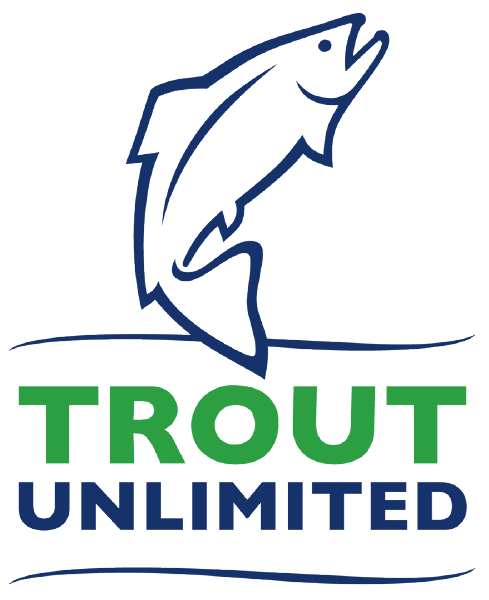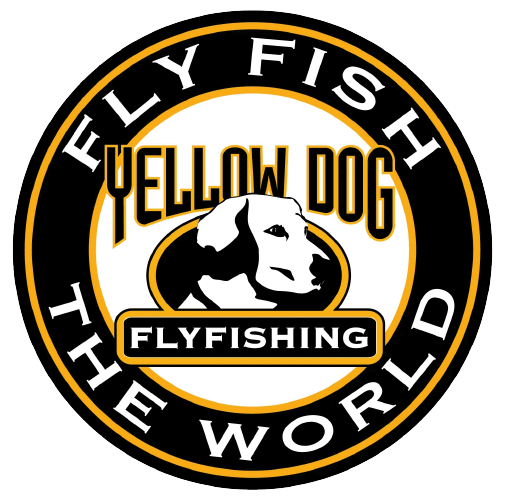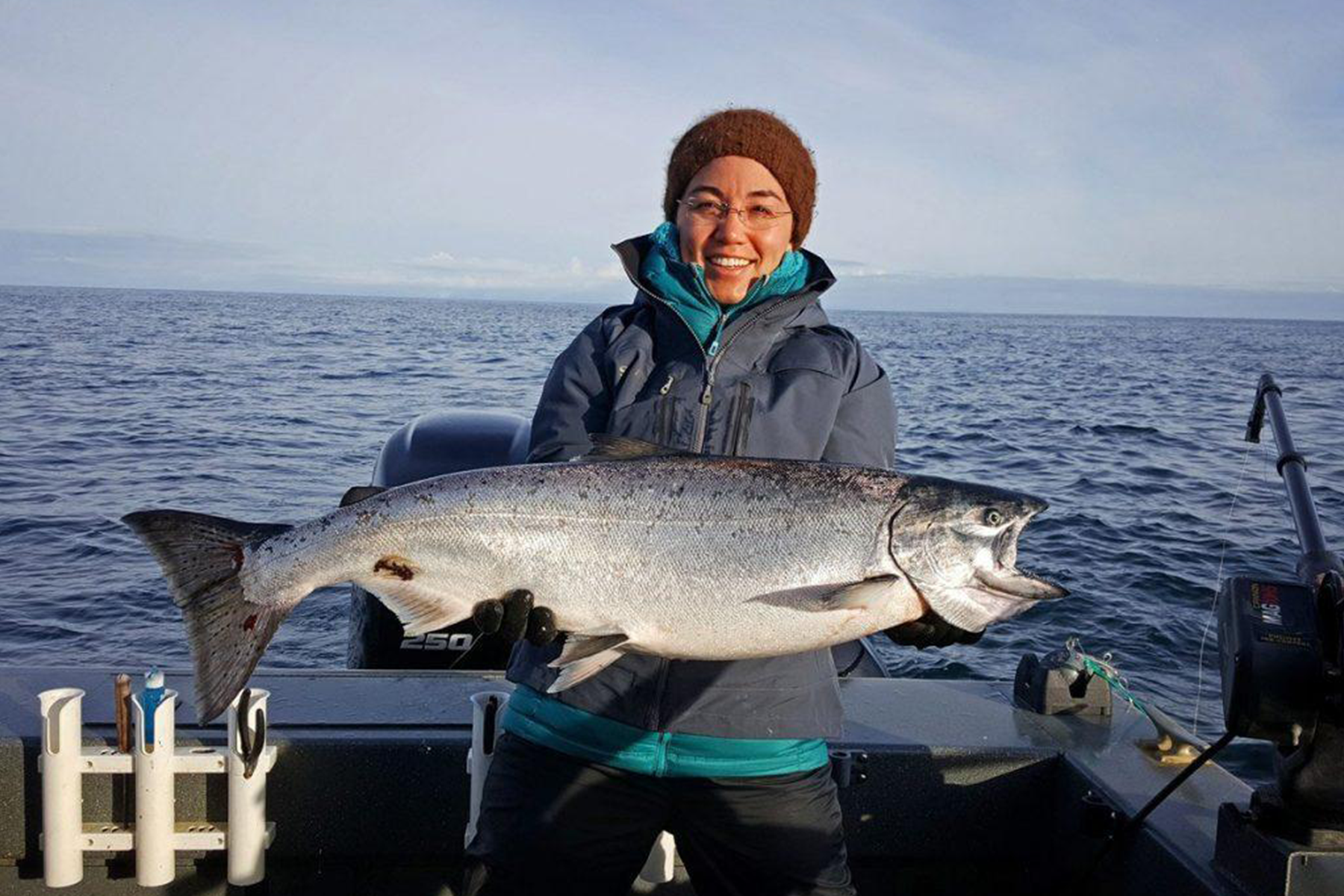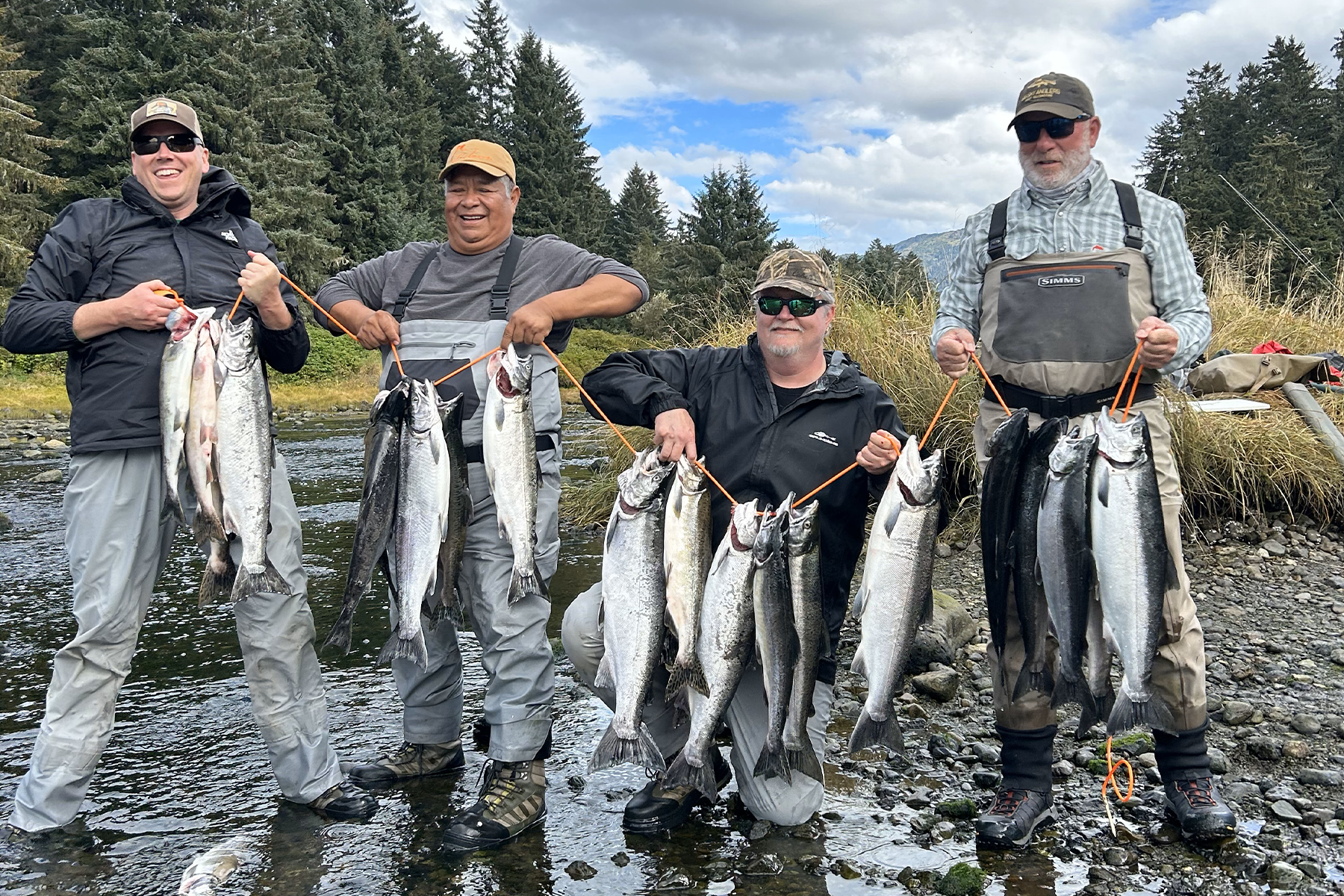Alaska Halibut Fact Sheet
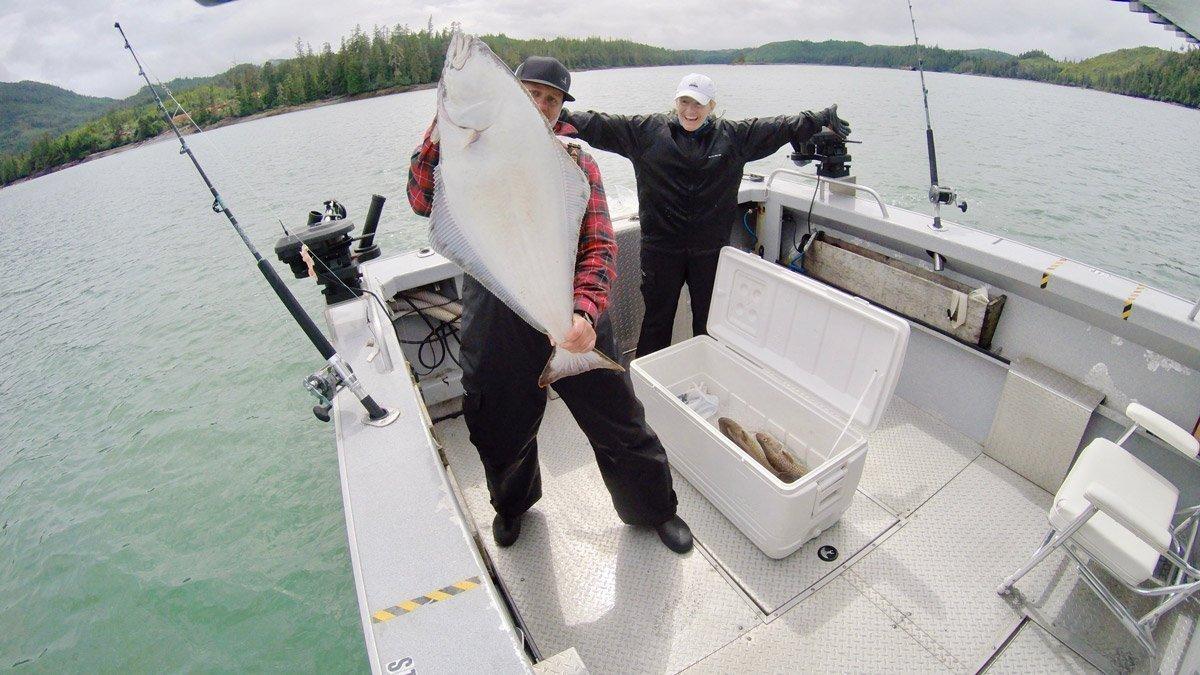
Halibut Names
Common Name: Halibut
Scientific Name:
Hippoglossus stenolepis
Other Names:
Butts, Chickens (little ones), Turkeys (bigger than little ones), Barn doors (big ones)
Halibut Description
Color & Markings
Their upper side ranges in color from mottled blue-gray to olive green-brown depending on the color of the ocean
floor where they live.The bottom side of the fish is white.
Halibut Size
Halibut are typically 1-8ft long and 5-500lbs.Alaska’s Record sport-caught halibut was 459lbs—now that's a big
halibut!
Halibut Distinguishing Features
Pacific halibut are “flat fish.” This means that they are flatten laterally, and swim sideways.Their dorsal fin
extends from just behind the eyes to the base of the tail. On the ventral side, their anal fin extends from just
behind the anus to the base of the tail.The bottom (white) side of the fish can be called the blind side as both
eyes of the adult fish are found on the darker upper side of the fish.Most Pacific halibut are right-eyed. That is,
when you lay them down dark side up, the head is pointing to the right. There are a few left-eyed fish. If you catch
one of these, be sure to get a great picture with it!Inexperienced halibut anglers may find it easy to confuse
smaller halibut with Arrowtooth Flounder. The quickest, easiest way to ensure that you’re keeping a halibut, is to
look at the mouth. On Halibut, the mouth extends just to the back of the lower eye. On Arrowtooth, it extends well
beyond the back of the eye. Arrowtooth also have large, prominent scales. The Alaska Department of Fish and Game
(ADFG) has a picture, showing the difference between Arrowtooth and Halibut.
Halibut Life Cycle
Male halibut reach sexual maturity around 8 years of age, while females don’t reach sexual maturity until about 12
years of age. In the fall, mature fish move deeper off-shore to spawn.Depending on how large she is, a female
halibut will release thousands to millions of eggs which are then fertilized by males.The eggs hatch about 2 weeks
later. As the larval fish grow, they move up the water column where surface currents take them shallower and nearer
to shore.Upon hatching, halibut larvae start out as upright swimmers like other fish. They have an eye on both sides
of their head. As they grow, and reach the 1 inch mark their left eye (usually) migrates to their right-side and the
pigment on the left side of their body starts to fade.By the time they are 6 months old, halibut have generally
settled on their sides, in shallow areas near the shoreline.
Halibut Habitat
Halibut are usually found near the ocean floor in a variety of bottom types.Despite being bottom dwellers, halibut
will move up the water column to feed and will sometimes strike on relatively shallow trolling gear.
Halibut Diet
Larval halibut feed on plankton through their first year. As they grow larger, they begin feeding on small
shrimp-like crustaceans and small fish. By three, north Pacific halibut are large enough for other Alaska fish to
make up the majority of their diet.Halibut also feed on octopus, crabs and clams.After moving to deep water in the
fall to spawn, mature fish return to shallower water in the summer to feed. This means that, while your fishing
charter guide might have a great offshore hole to fish, you don’t necessarily have to go 20 miles off shore to catch
big halibiut.
Halibut Distribution
On or near the continental shelf around the rim of the North Pacific Ocean.
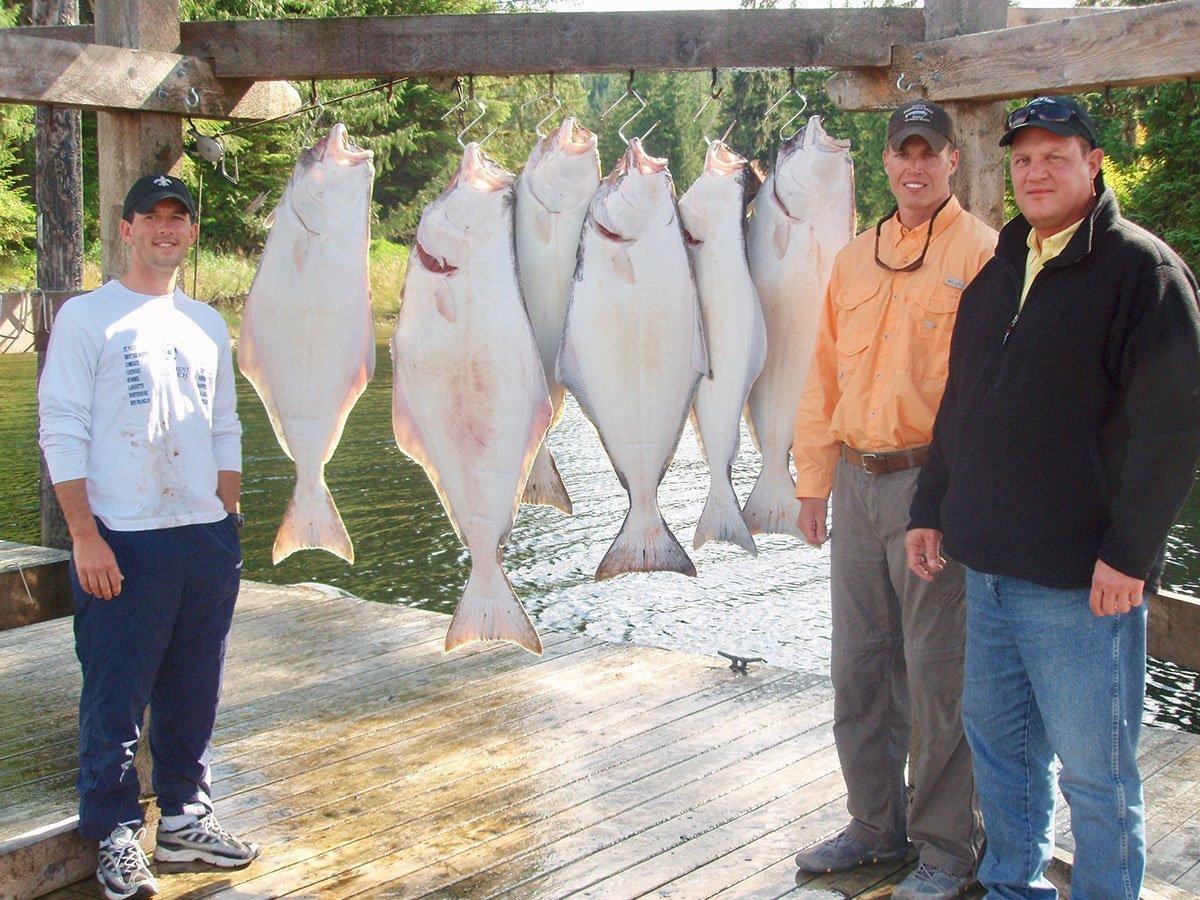
Halibut Fishing
Book your Alaska Halibut Fishing Trip now!
When does halibut fishing season start in Alaska?
Halibut fishing is historically open from February to December annually.
What is the Best Month for Halibut Fishing in Alaska?
The best month for halibut fishing in Alaska can vary depending on the specific location and conditions, but
generally, the peak season for halibut fishing in Alaska is from mid-May to mid-September. During this time, the
Alaska waters are warmer, and the halibut are more active, making them easier to catch.
Where is the best halibut fishing in Alaska?
Prince of Wales Island in Southeast Alaska is an excellent destination for halibut fishing. The island is the
third-largest in the United States and is home to a diverse range of wildlife and natural beauty. The waters around
Prince of Wales Island are teeming with halibut, and the fishing is consistently good throughout the summer months.
Is it Easy to Catch Halibut in Alaska?
Catching halibut in Alaska can be challenging, but with the right equipment, technique, and guidance, it's
definitely possible for anglers of all levels. Halibut are bottom-dwelling fish that can weigh up to several hundred
pounds, so it takes a certain level of skill, strength, and patience to catch them.
What is the Best Bait to Catch Halibut?
Jigs, Circle hooks and Hoochies with bait (usually herring), lead weights 1-5lbs.
Halibut Fishing Techniques
When is the Best Time to go Halibut Fishing in Alaska?
Plan to be on the Alaska waters before the change of the tide. You want to get bait in the water while it’s still
moving and spreading the scent and drawing the fish to you.
Bait and Circle Hooks
Bait and circle hooks are often used when Alaska halibut fishing (See Figure 1). A weight is tied on above the
baited hook and the weight is gently bounced along the bottom of the ocean with the bait trailing behind it.
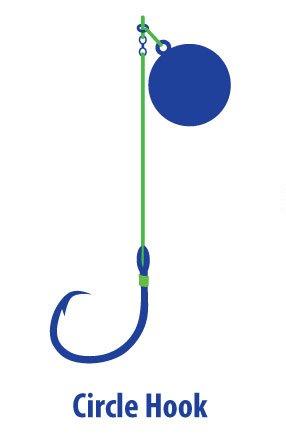
Figure 1When you feel the tug of the fish, you gently lift and reel using a steady pressure. This turns and sets
the hook in the fish’s mouth. Fishing with a circle hook is very effective when the bite is on, but when fishing is
slow, baited circle hooks can be
BORING
. This is especially true on a cloudy, rainy day where the best and only view just might be the back of your
buddy’s raincoat.When fishing with bait and a circle hook, the amount of weight you use, will be determined by the
water depth and the current. You need enough weight to keep the bait on the bottom of the ocean and not walking
hundreds of yards down current as you jig the bait up and down. Jig about 1 ft up off the ocean floor and then let
it sink until you feel the weight hit the bottom, then repeat. Keep the bait moving.When you feel resistance,
reel-up slowly, do not jerk to set the hook. The circle hook will turn and set in the halibut’s mouth on its own.
What is Jigging for Halibut?
When the bite is slow, jigging for halibut can increase the action by 3x or more. Sometimes just one person jigging
on the boat is enough to get the fish stirred up and create a bite for all.A jig is a hook that is front-weighted so
that it’s shank runs perpendicular to the leader line. “Jigging” is the action you use to attract the fish. Halibut
jigs are large, lead-headed bullet jigs. They are usually dressed with a rubber grub that has a long wiggly tail
(See Figure 2), but skirts that look like squid may also be used.
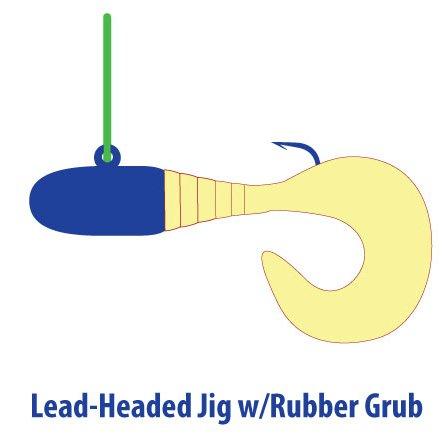
Figure 2Depending on the depth you’re fishing and the water current, the jig weight will range between 12 and 20
ounces. Bait or scent oils are often used to increase interest in the jig.For convenience, jigs are usually fished
on the same short, heavy, halibut rods used when fishing with circle hooks and bait, but the fishing action is very
different. Instead of lowering down and gently tapping the bottom with the weight (as when fishing with a circle
hook), jigging is a series of short, sharp movements designed to attract attention.Release line until you find the
bottom, and close the bail. Then, in one or two, sharp, jerky, motions, bring your rod up 2-3 feet from horizontal.
Let the jig sink back down until you feel the weight tap the bottom, repeat these short, jerky upward movements. You
can add a little jerk up, as it sinks back down to keep the grub tail dancing in the water. Keep the jig moving.
Don’t let it rest on the bottom otherwise you’re likely to get snagged, especially if you’re drifting.
The action of jigging creates visual stimulation that can trigger the strike instinct in the halibut, even when
they’re more or less off the bite. Think about your children, maybe they want your attention, but they’re playing
more or less peacefully and you’re half asleep on the couch. When they start flashing the lights on and off and
waving streamers in your face, you’re going to wake up and respond. This is essentially what jigging does with
halibut. Keep that rubber grub tail dancing and flashing to draw as much attention as possible.When Alaskan halibut
strike a jig, it’s a sharper tug than when they pick up the bait on the circle hook. When you feel the fish strike,
give a quick, sharp jerk to set the hook, and then, as with any good fight, keep the pressure on. Slack in the line
is not your friend. If you reel slowly and consistently, the fish will generally behave better, and you’ll have a
much more enjoyable, less exhausting day.
If you’re in the mood to spice things up a bit, try Alaska halibut fishing on a lighter weight jigging rod with a
flexible tip. There’s more physical movement (especially nice on a cold day), generally more biting action, and the
fight is longer and more fun.When you feel a fish bite, use a short quick jerk to set the hook.Once you have a fish
on, It’s imperative to keep the line tight. Use your arms, or even take a step-backward, to gain on the fish, but
reel-in as you lower the rod or step forward, never allowing the line to go slack.You will feel the halibut tugging
on the line with short, rapid tugs. If he isn’t hooked, drop your bait right back down. It’s likely still intact. If
you don’t get another bite right away, have your guide check to see if you still have bait; they’ll be able to tell
if your bait is gone by feeling for the resistance.
How long to fish:
Fish through the slack tide and until the current is too strong to keep your bait down with a reasonable amount of
weight. If your halibut fishing charter guide tells you to put on anything bigger than a 5lb weight and keep
fishing, tell him to jump in a lake! It’s definitely time to call it and go in or fish for something else.
Other Halibut Facts
- Male halibut are much smaller than female halibut. They generally top out at under 3ft in length.
- Halibut tagged in the Bering Sea have been caught as far away as the coast of Oregon – a range of 2,000 miles!
- When fishing with a charter, you are currently limited to 2 fish per day and 4 fish per annum. Size restrictions on daily bag limits also apply.
- Halibut regulations are set federally and thus do not vary throughout the state.
NOTE: Halibut fishing trips at Alaska’s Boardwalk Lodge are all-inclusive. We provide all the necessary gear, tackle, bait, licenses, stamps and tags required for your fully-guided sport-fishing adventure with us. Additionally, we stay up-to-date on all fishing regulations for our area including any daily emergency orders that may affect your fishing trip, so you don’t have to.
WARNING:
In terms of regulations, Alaska is one of the most confusing places to fish. Bag limits, fishing techniques, and
even bait/tackle regulations, for any given fish species (except halibut) can vary from location to location.
Depending on the body of water, and what species you are fishing, regulations can even change from day to day.Always
be sure to check the regulations for every day and every area you fish.
You, the angler, are responsible for knowing and following all fishing regulations including any daily changes released as
emergency orders. You can find the emergency orders for Prince of Wales Island here. And for the rest of Alaska, you can select
your region on this map.
1-907-204-8832
support@boardwalklodge.com
Alaska's Boardwalk Lodge 1 Cook's Cove Thorne Bay, AK 99919
Monday - Friday :
8:00 AM - 9:00 PM
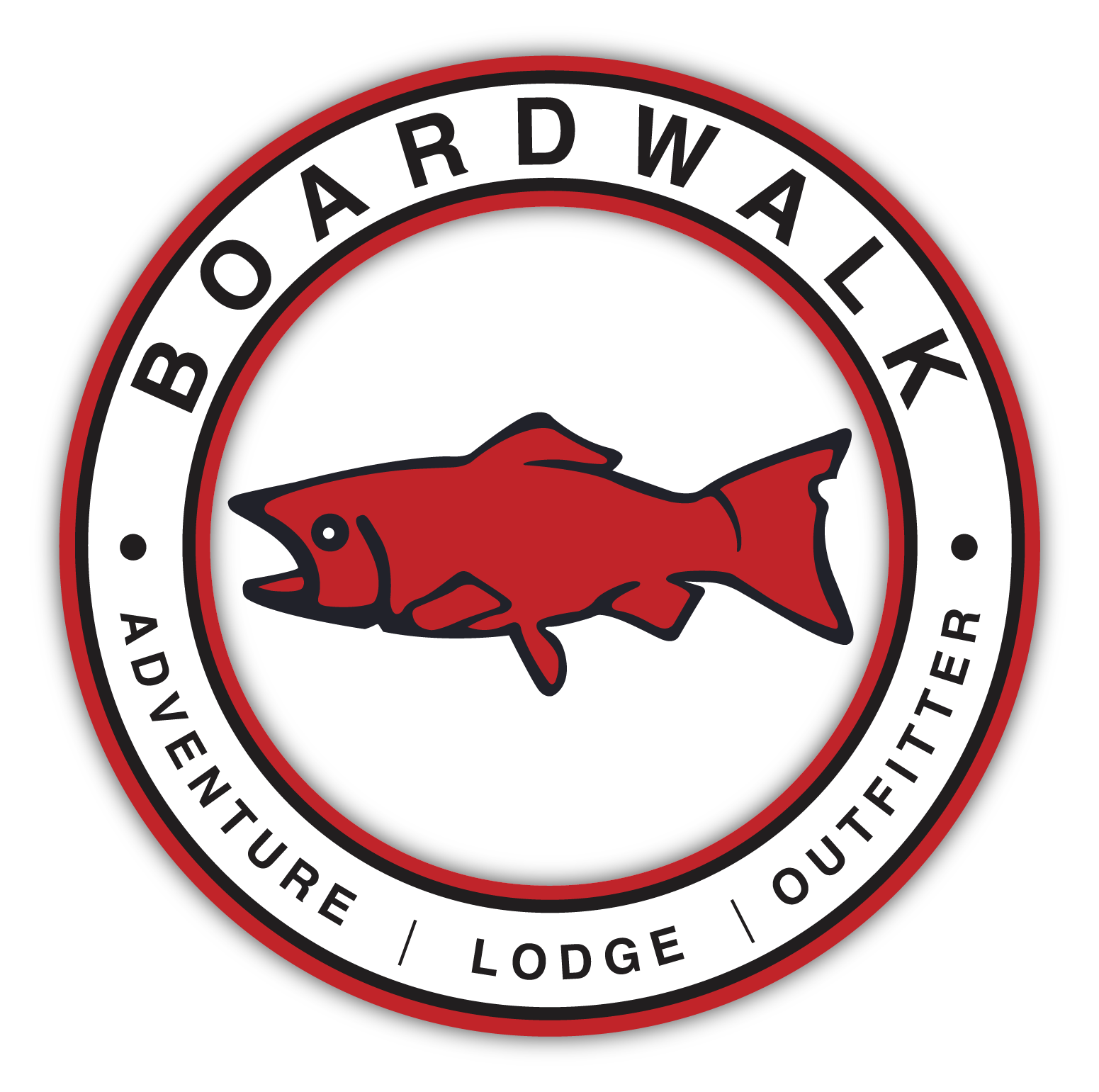
Support
Best Alaska Fishing
Boardwalk Lodge Supports




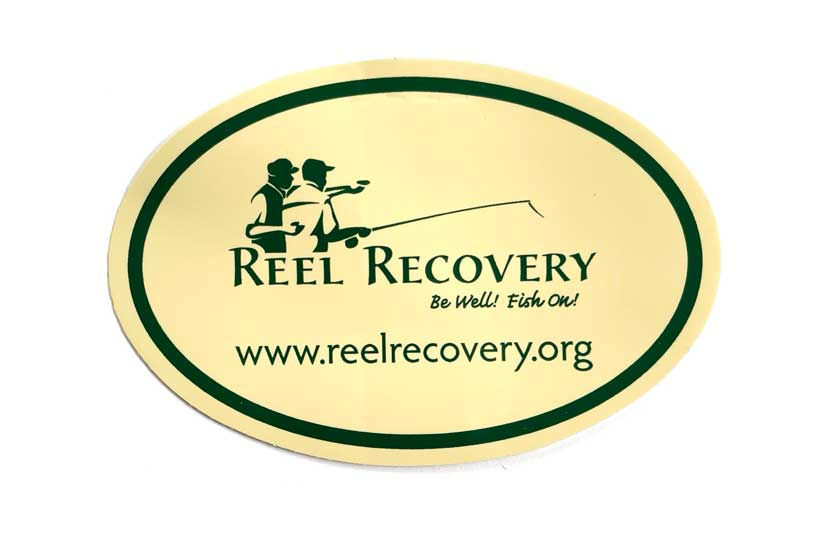

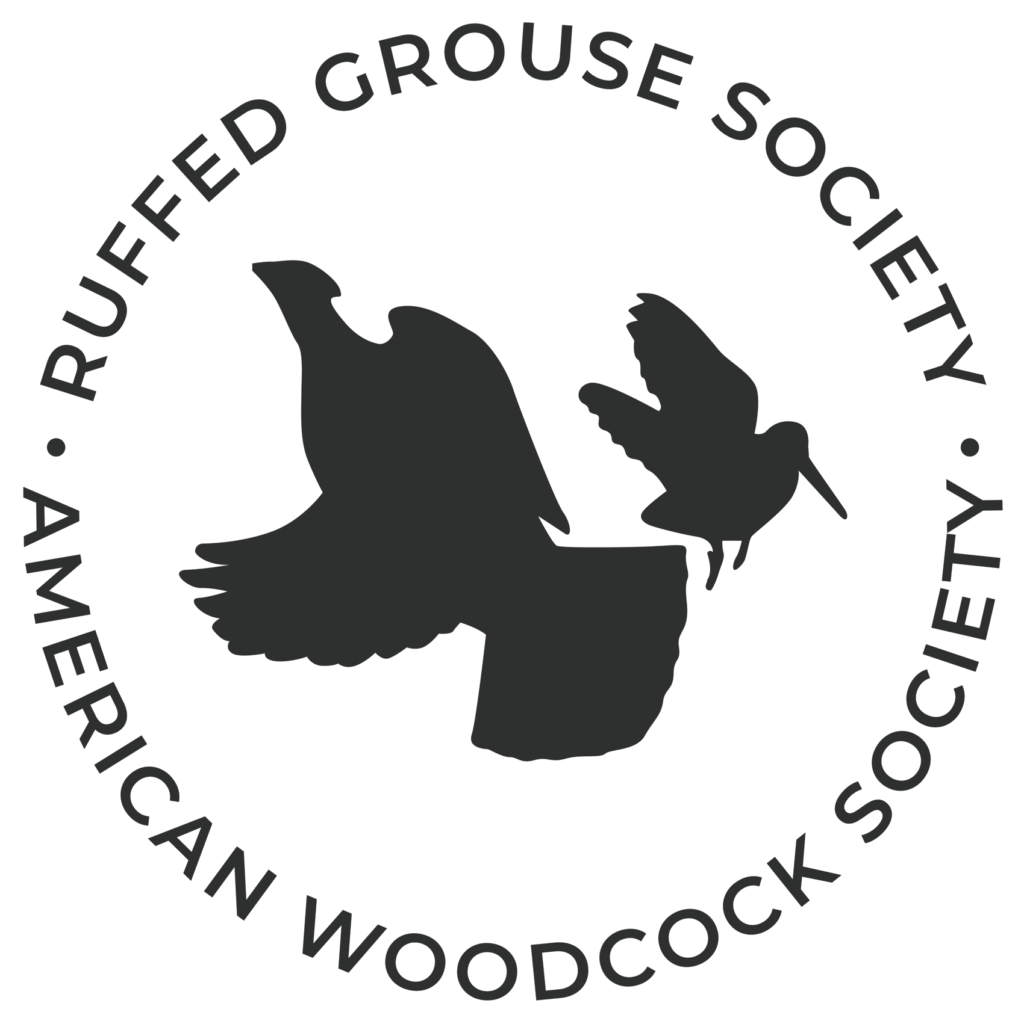
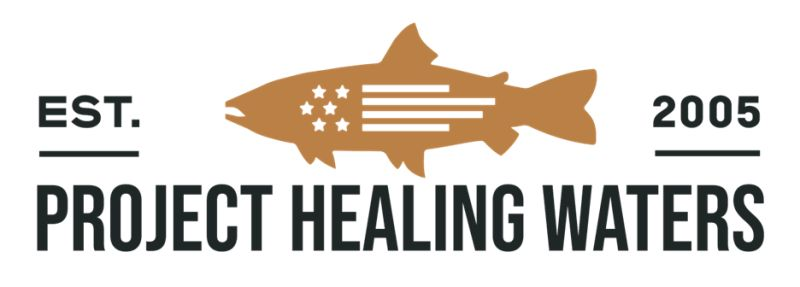

Our Partners


